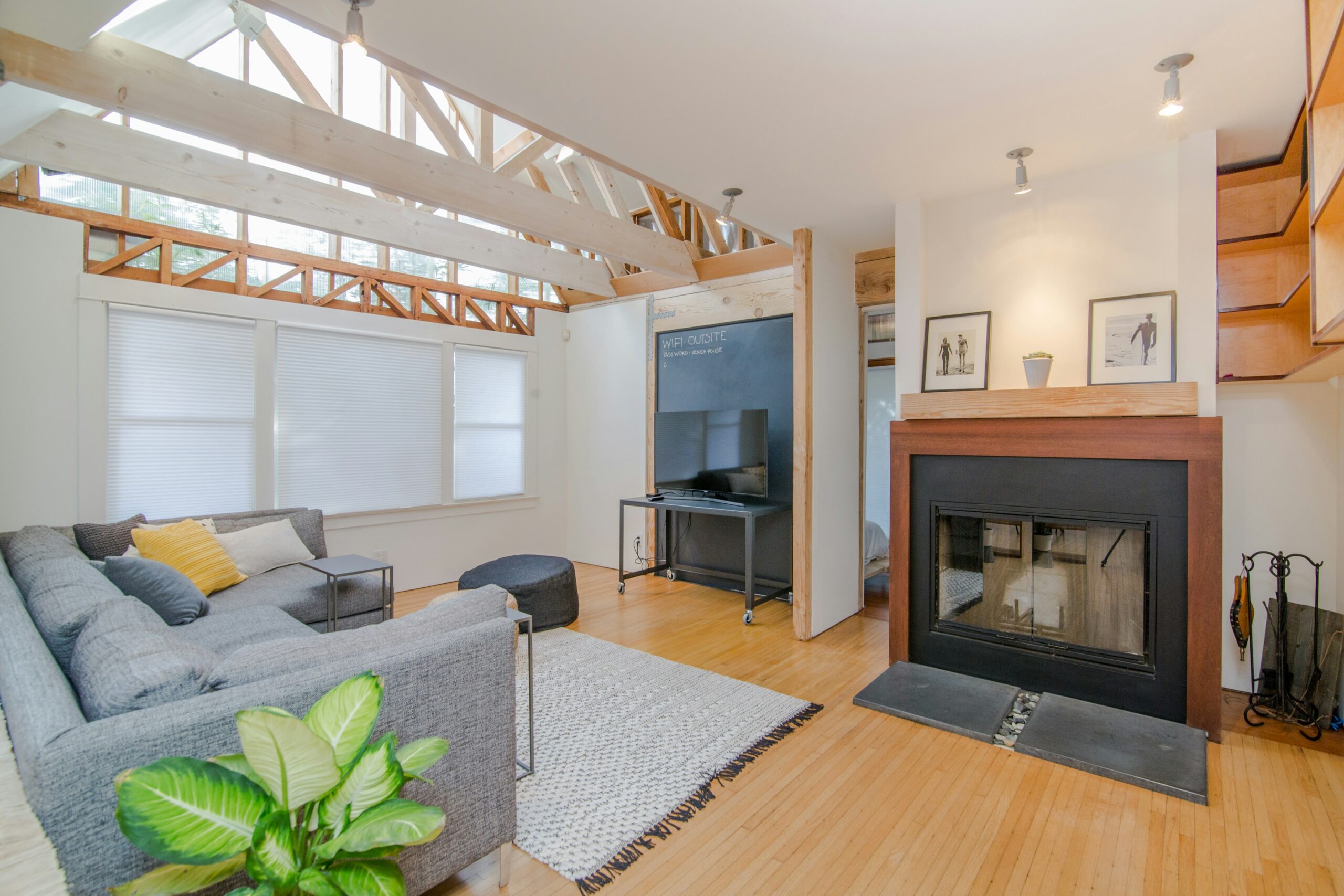Imagine a scenario where a sudden power outage interrupts your peaceful night’s sleep. With the darkness creeping in, the temperature dropping, and the comfort of your bed vanishing, you find yourself longing for a solution to keep you warm and cozy amidst the blackout. Enter the electric mattress pad, a handy invention that ensures a warm, comfortable sleep without relying on a constant power supply. However, with the growing popularity of home power backup systems, you might wonder if these two can work together to provide you with an uninterrupted slumber. This article aims to explore the compatibility of a home power backup system with an electric mattress pad, shedding light on whether this dynamic duo can indeed join forces to enhance your sleep experience.

Understanding Electric Mattress Pads
What is an electric mattress pad?
An electric mattress pad is a bedding accessory that is designed to provide warmth and comfort during sleep. It is made up of an insulated pad that is placed on top of the mattress, and it is equipped with heating elements that generate heat. The pad is connected to an electric power source, allowing users to adjust the heat settings according to their preferences.
How does an electric mattress pad work?
Electric mattress pads feature a network of heating elements integrated within the pad. These heating elements are made of conductive materials, such as wires or carbon fibers, that generate heat when an electric current passes through them. The user can control the heat output through a controller that is attached to the pad. When the pad is turned on, the heating elements warm up and distribute the heat evenly across the bed, providing a cozy and warm sleeping environment.
Common features and benefits of electric mattress pads
Electric mattress pads come with various features and benefits that enhance sleep quality and convenience. Some common features include dual-zone temperature control, adjustable heat settings, automatic shut-off timers, and even heat distribution. The dual-zone temperature control allows partners to set different heat levels for each side of the bed, catering to individual preferences. Adjustable heat settings enable users to choose their desired level of warmth, ensuring comfort throughout the night. The automatic shut-off timers provide safety and energy efficiency by turning off the pad after a certain period of time. Additionally, the even heat distribution ensures that the entire bed is heated uniformly, eliminating any cold spots.
Typical power usage of electric mattress pads
Electric mattress pads are designed to consume minimal amounts of electricity. On average, a twin-sized electric mattress pad uses approximately 60 to 75 watts of power, while larger sizes like queen or king may consume slightly more, ranging from 80 to 100 watts. The power usage ultimately depends on the size of the pad and the heat output setting. It is crucial to consider the power requirements of the electric mattress pad when connecting it to a home power backup system to ensure compatibility and prevent any power overload.
Safety considerations of using electric mattress pads
While electric mattress pads are generally safe to use, it is essential to adhere to some safety considerations. Firstly, it is important to read and follow the manufacturer’s instructions regarding installation, usage, and maintenance. It is crucial to avoid folding or creasing the pad, as this can damage the heating elements and lead to safety hazards. Additionally, it is necessary to inspect the pad regularly for any signs of wear or damage, such as frayed wires or loose connections. If any issues are detected, the pad should be replaced immediately to prevent electrical accidents. Lastly, it is essential to keep the pad away from liquids and ensure that it is fully dry before use to avoid electric shock or other safety risks.
What is a Home Power Backup System
Defining a home power backup system
A home power backup system, also known as an uninterrupted power supply (UPS) or a backup generator, is a device or system that provides electrical power during times of power outages or disruptions. It acts as a substitute for the main electrical grid and ensures a continuous power supply to selected appliances and devices in the dwelling. A backup system can either be a generator that runs on fuel, such as gasoline or propane, or a battery backup system that stores electrical energy for later use.
Differences between generators and battery backup systems
Generators and battery backup systems are two primary types of home power backup systems, each with its own advantages and limitations. A generator is an engine-driven device that converts mechanical energy into electrical energy. It typically runs on fossil fuels and can provide a significant amount of power for an extended period of time. However, generators can be noisy, require regular fuel refills, and produce exhaust emissions, making them unsuitable for indoor use without proper ventilation.
Battery backup systems, on the other hand, store electrical energy in rechargeable batteries. They are generally quieter, emit no harmful fumes, and do not require constant refueling. However, battery backup systems generally provide a limited amount of power and may not be able to sustain high-power appliances for an extended duration.
How home power backup systems work
Home power backup systems, whether generators or battery backup systems, work by providing an alternative power supply when the main electricity grid fails. Generators generate electricity through an internal combustion engine, which drives a generator to produce electrical energy. On the other hand, battery backup systems store electrical energy from the main grid or alternative power sources, such as solar panels, in rechargeable batteries. When a power outage occurs, the backup system automatically switches to battery power or activates the generator to ensure uninterrupted power supply to the connected appliances and devices.
Energy storage in home power backup systems
Energy storage is a crucial aspect of home power backup systems, especially for battery backup systems. These systems store electrical energy in batteries, which can be lead-acid or lithium-ion batteries, depending on the model. The stored energy is used to power appliances and devices during an outage. Battery backup systems have different energy storage capacities, measured in kilowatt-hours (kWh), which determines the duration for which the system can provide power. It is important to consider the energy storage capacity of the backup system to ensure it can meet the power demands of the connected appliances, including an electric mattress pad.
Understanding power capacity and load of backup systems
The power capacity and load of a home power backup system are essential factors to consider when determining its compatibility with an electric mattress pad or any other appliance. Power capacity refers to the maximum amount of power the backup system can provide at a given time, typically measured in watts (W) or kilowatts (kW). The power load, on the other hand, refers to the amount of power consumed by the connected appliances and devices. It is crucial to ensure that the power load of the electric mattress pad does not exceed the power capacity of the backup system to prevent overload or damage to the system.


